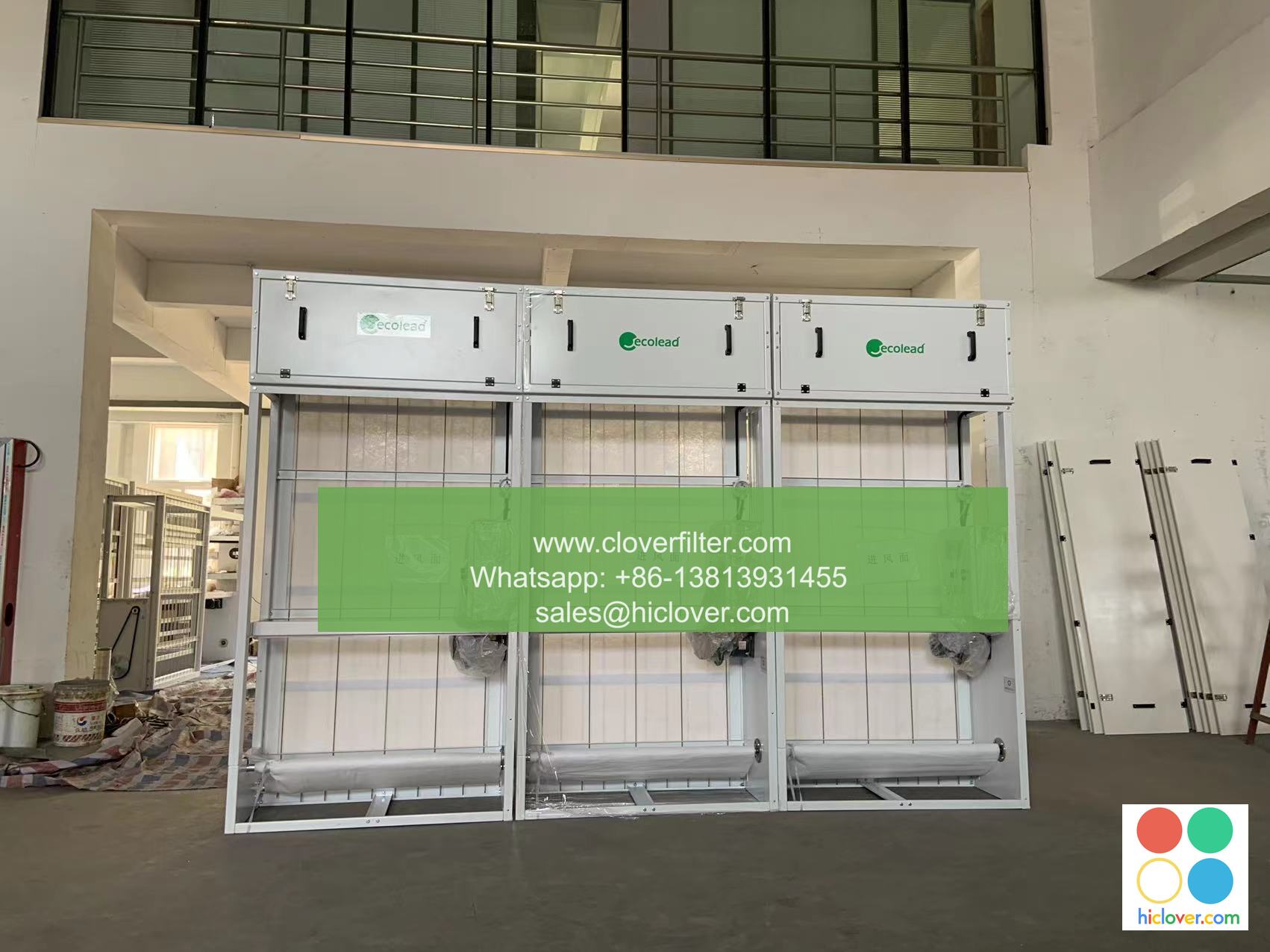Automated Air Quality Control: How It’s Revolutionizing Indoor Air Quality

Automated Air Quality Control: How It’s Revolutionizing Indoor Air Quality
Introduction
The quality of the air we breathe indoors is often overlooked, despite its significant impact on our health and well-being. Poor air quality can lead to respiratory problems, headaches, and even long-term health effects. Traditional methods of air quality control, such as manual testing and adjustment, are often inefficient and ineffective. In recent years, automated air quality control systems have emerged as a game-changer in this field, offering real-time monitoring and precise control over indoor air quality. In this article, we’ll explore the benefits of automated air quality control and its applications in various industries.
How Automated Air Quality Control Works
Automated air quality control systems use a combination of sensors, software, and actuators to monitor and adjust indoor air quality in real-time. These systems typically include:
- Air quality sensors: These sensors measure the concentration of pollutants, such as CO2, PM2.5, and NO2, and detect changes in indoor air quality.
- Controller: The controller processes data from the sensors and adjusts the HVAC system, lighting, and ventilation to maintain optimal air quality.
- Actuators: These devices adjust the HVAC system, lighting, and ventilation according to the controller’s instructions.
Benefits of Automated Air Quality Control
The benefits of automated air quality control are numerous:
- Real-time monitoring: Automated systems provide continuous monitoring and alerts, allowing for prompt intervention in case of air quality issues.
- Precise control: Automated systems can adjust ventilation rates, humidity levels, and temperature to optimize indoor air quality.
- Energy efficiency: Automated systems optimize HVAC and ventilation systems, reducing energy consumption and costs.
- Improved indoor air quality: Automated systems maintain optimal air quality, reducing the risk of indoor air pollution and its associated health effects.
Applications of Automated Air Quality Control
Automated air quality control systems have numerous applications across various industries:
- Healthcare: Hospitals and healthcare facilities can benefit from automated air quality control systems to maintain optimal indoor air quality and reduce the risk of airborne infections.
- Commercial buildings: Office buildings, shopping centers, and restaurants can use automated air quality control systems to improve indoor air quality, reduce energy costs, and increase occupant satisfaction.
- Residential homes: Homeowners can install automated air quality control systems to monitor and maintain optimal indoor air quality, reducing the risk of respiratory problems and other health issues.
- Education: Schools and universities can use automated air quality control systems to maintain optimal indoor air quality, reducing the risk of airborne illnesses and improving occupant health and well-being.
Conclusion
Automated air quality control systems are revolutionizing the way we monitor and control indoor air quality. By providing real-time monitoring, precise control, and energy efficiency, these systems are transforming the way we live, work, and learn. Whether in healthcare, commercial buildings, residential homes, or education, automated air quality control systems are the key to maintaining optimal indoor air quality and reducing the risk of indoor air pollution.
I’m ready to help! What would you like me to help with? Do you have a specific topic, question, or task in mind?


